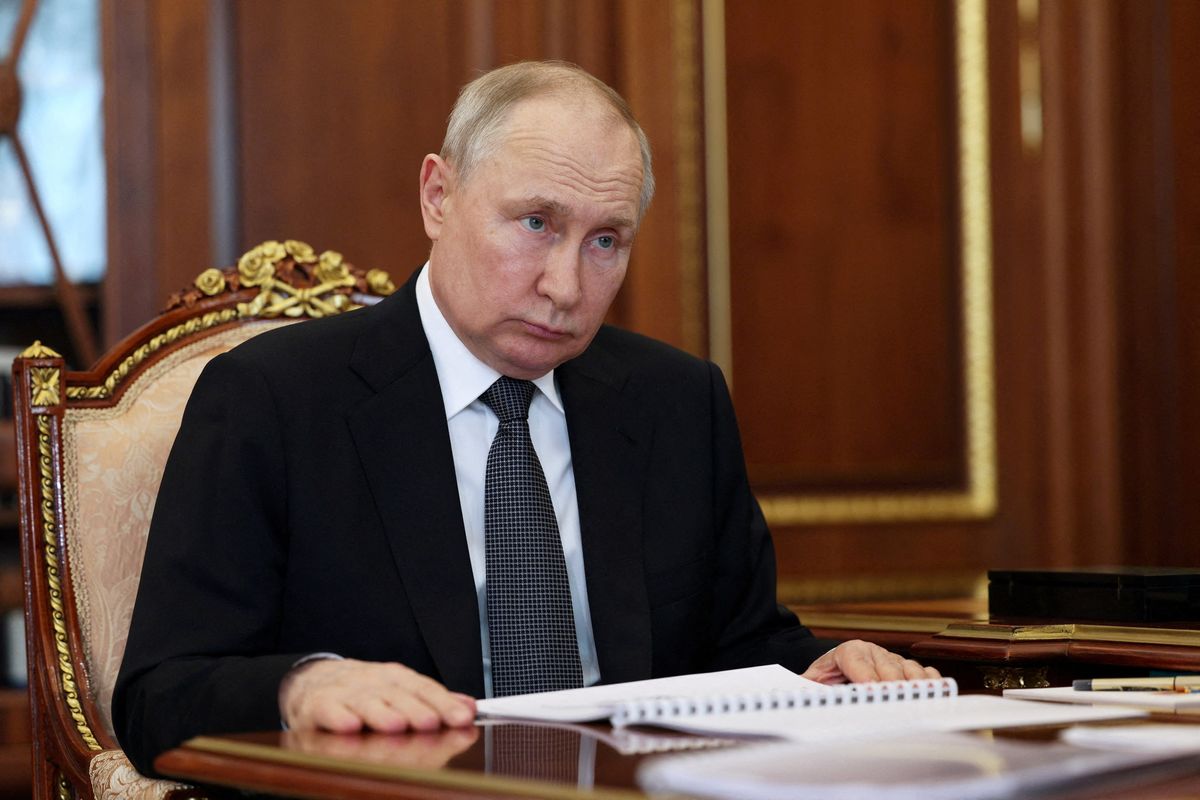Kyiv has warned of an impending Russian attack on the Zaporizhzhia Nuclear Power Plant in southeast Ukraine, raising fresh fears of a nuclear disaster in a region all too familiar with the risks of nuclear calamity (Zaporizhzhia is just 325 miles south of Chernobyl).
President Volodymyr Zelensky said in recent days that Moscow had planted explosive devices on the roof of the Zaporizhzhia plant, though that has not been confirmed by the UN’s nuclear watchdog, which has asked for expanded access to the facility.
Throwing a wrench in the works, Russia, which controls the plant, claims that it’s Ukraine that plans to attack it while blaming the Kremlin – a harder-to-believe move as it would wreak havoc on Ukrainian cities.
This comes amid new revelations that in a face-to-face meeting back in March, China’s President Xi Jinping warned Russia’s Vladimir Putin against using tactical nukes in Ukraine.
(For more on China’s perspective on the war, see here and here.)
Indeed, news of Xi’s earlier warning reveals two crucial things. First, that the Chinese aren’t convinced by Putin’s claim, made last October, that it wasn’t in the Kremlin’s interest to use nukes. Second, the leak, which must have come from the Chinese, suggests that Xi is keen to let interested parties – particularly the Europeans – know that he has been consistently telling the Kremlin behind closed doors that throwing tactical weapons into the mix would be a mistake.
This media leak puts Putin in a tricky spot. Even if the Kremlin wants to bomb the Zaporizhzhia plant and make it look like a Ukrainian hit job, it’ll be harder to pull off now given China’s not-so-subtle warning. After all, Moscow is relying on ongoing Chinese imports of Russian oil to keep its economy afloat.






